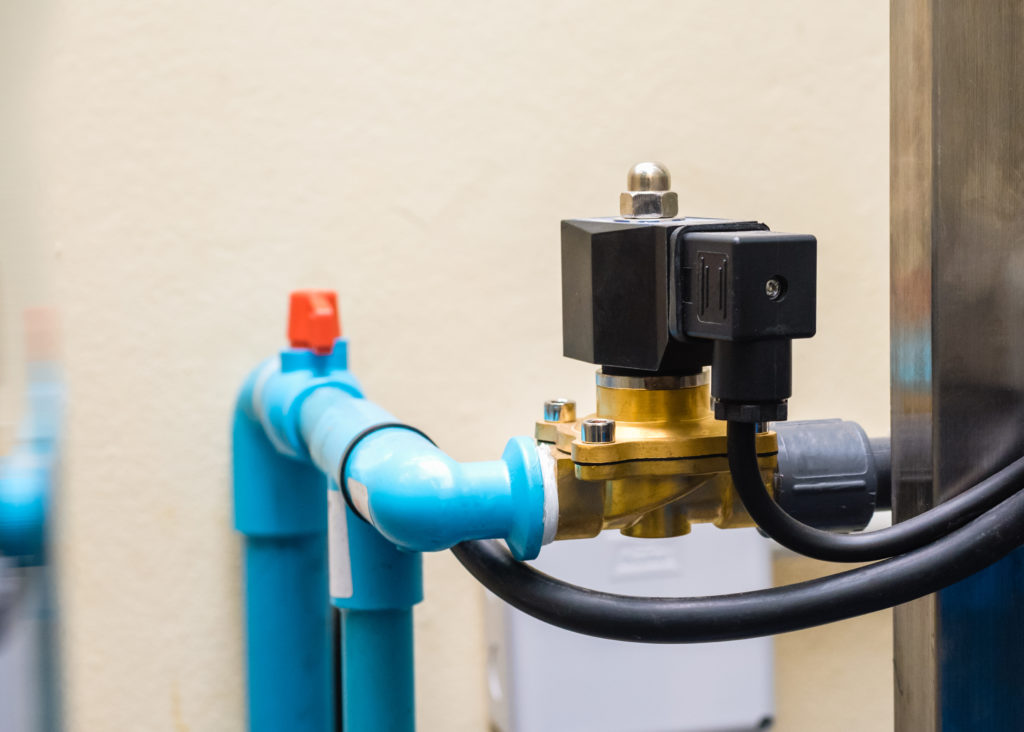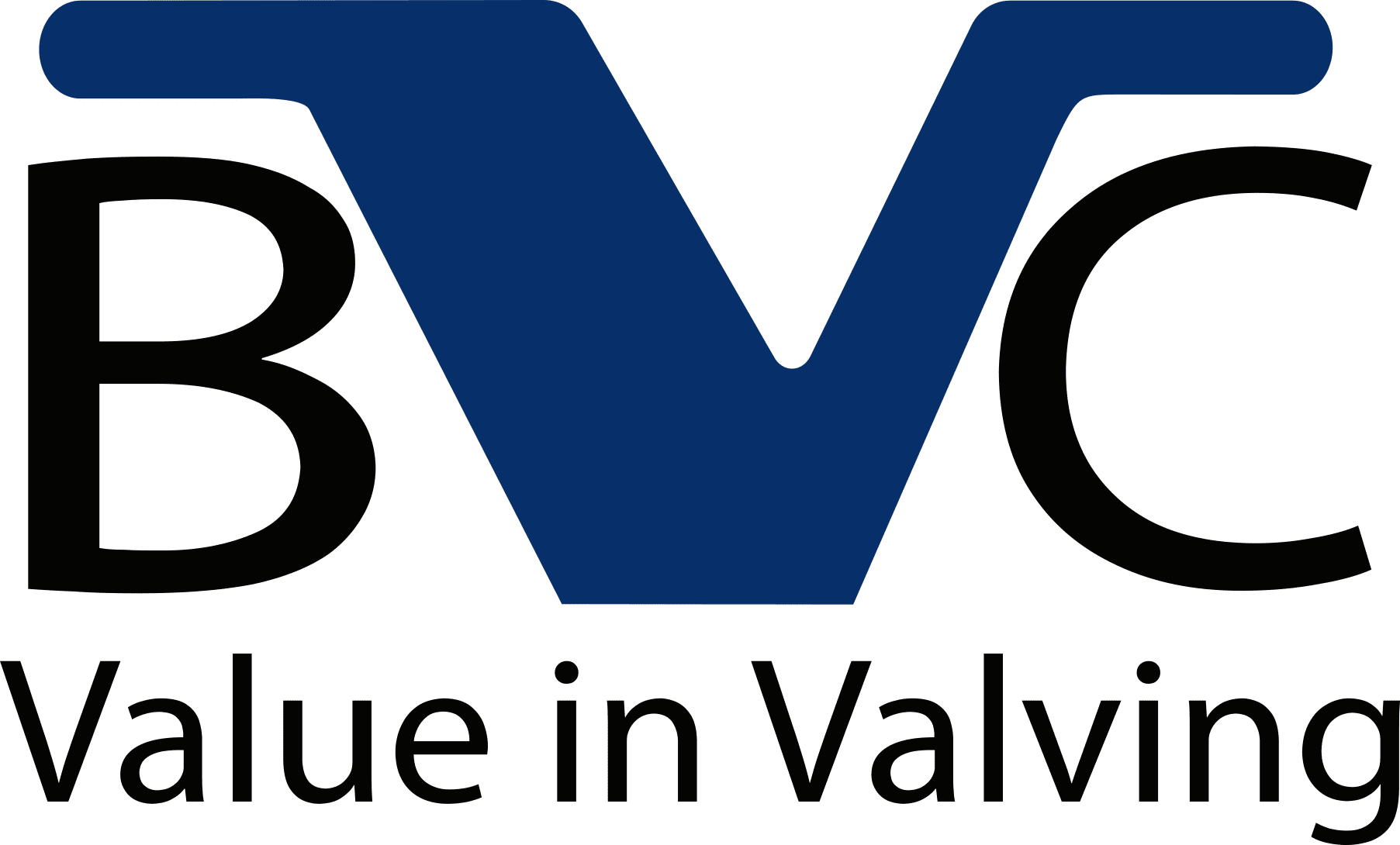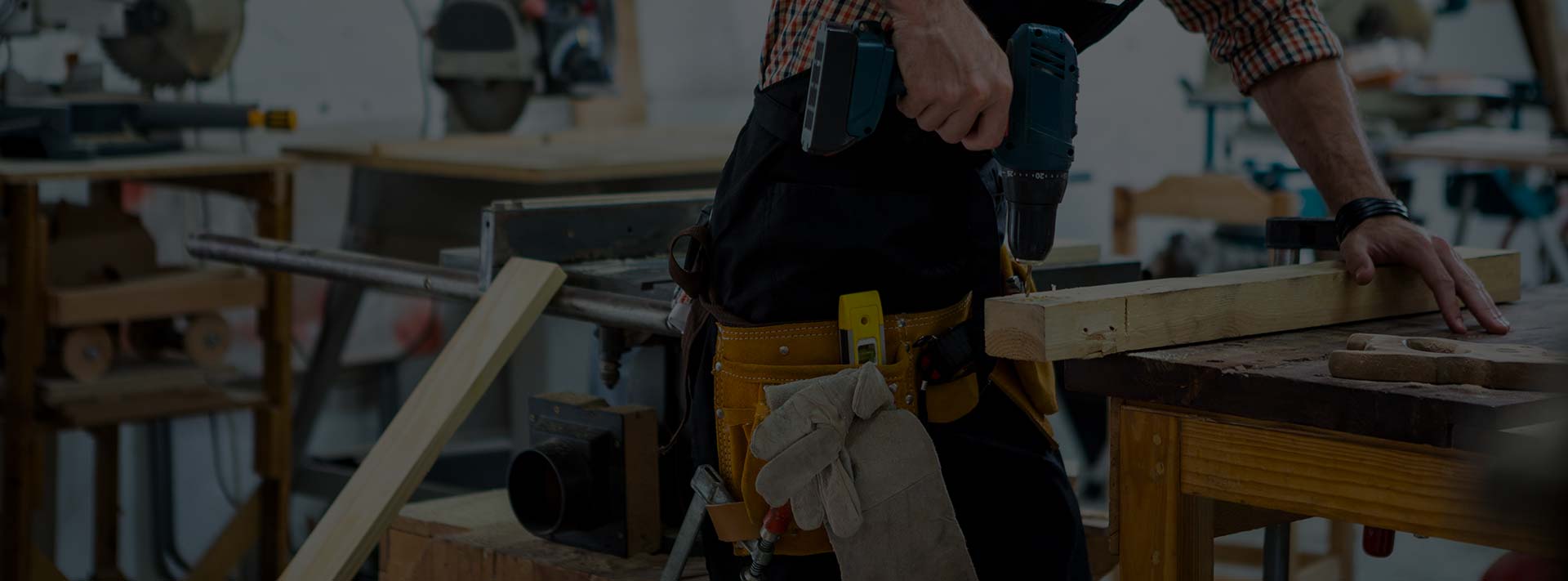17 Sep How Does a Solenoid Control Valve Work?
Solenoids are useful in a wide array of mechanical functions. How does a solenoid work? An electromagnetic coil of wire converts electrical energy to mechanical energy. Positive and negative poles make a linear motion within the electromagnetic field to move the piston either backward or forward.
We find solenoids used in such automated applications as sprinkler systems, power switches, car starters, and many more.

What is a Solenoid Control Valve?
A solenoid control valve is used by engineers to control the flow of fluid within a system autonomously and remotely, thereby eliminating the need for manual closure and opening of valves. The flowing media could be water, air, gas, oil, steam, or refrigerant.
A solenoid control valve has two main components: a solenoid on top and the valve system on the bottom. The electromagnetism caused by currents moves the plunger either up or down to pinch and control the flow. A solenoid control valve is either “normally closed” or “normally open.”
How Does a Solenoid Valve Work?
A solenoid valve has two parts, the solenoid and the valve body. The solenoid itself contains an electromagnetically inductive coil surrounding an iron center (the plunger).
For a solenoid valve that is “normally open,” the valve is closed when de-energized. To “open” the valve, a current activates the magnetic field and moves the plunge. But when the valve is “normally closed,” an energizing current lifts the plunger to uncover the opening and allows the media to flow through the valve.
Solenoid Valve Types
Because solenoid valves are so useful for so many applications, different designs perform different functions. Five common solenoid valve types are described below.
1. Direct-Acting Valves
A direct-acting (or direct-operated) solenoid valve is simple and typically used for applications with relatively small flow rate. For its function, it does not depend on outside pressure. The valve opens by direct action when electromagnetic activity in the coil pulls the plunger up to allow the media to pass through (or vice versa for usually open valves).
Direct-acting valves have no minimum operating pressure or pressure difference. The orifice diameter (along with the magnetic force applied to the solenoid valve) determines the flow rate and maximum working pressure.
2. Pilot-Operated Valves
Pilot-operated valves (also called “servo-operated” or “pilot-operated”) are indirect-acting valves. The opening and closing of these valves happen with a medium’s pressure differential, so a 0.5 bar pressure is the minimum. Pilot-operated valves need less electrical energy, perform at a slower rate, and need full power to remain open. These solenoid valves are best for applications with a high flow rate and a sucient pressure differential.
An indirect valve’s flow process is single-direction. Between the inlet and outlet ports is a rubber membrane that has a small hole for the media to flow from the inlet to the upper compartment. The amplification from the extra pressure chamber allows smaller solenoids to manage a large flow rate.
When the valve is usually closed, inlet pressure from above the membrane, and the supporting spring above it keep it closed. The pilot orifice opens when the solenoid is energized, and the pressure above the diaphragm decreases. This creates a pressure difference on either side of the membrane causing it to lift so the medium can flow to the outlet port from the inlet. For a “normally open” valve, this process works with the same parts, but inversely.
3. Two-Way Valves
Two-way valves are the most common type of solenoid control valve. There are two ports: the cavity port and the body orifice port. Each port is used alternately to both start and stop media flow.
A two-way valve is set to either be “normally open” or “normally closed.” Normally closed two-way valves are more common and stay closed until electrical energy causes the valve to open.
A normally closed solenoid valve is most common and remains closed until a power source causes it to open. The normally open valve is open by default until a power source closes the valve. When the electrical power ceases, the valve re-opens to its default state.
4. Three-Way Valves
Three-way solenoid valves design includes three ports. The three-way valve works well for operations that require alternate and exhaustive pressure. Only two ports can be connected at a given time. Below are the different setups involved with a three-way valve.
● Mixing setup (two inlets and one outlet): When the plunger blocks the bottom orifice no-power mode, the media flows from the top inlet to the outlet. When powered, the plunger pulls up to close the top outlet, so the media routes from the other inlet to the outlet.
● Diverting setup (one inlet and two outlets): When the plunger blocks the bottom orifice while in no-power mode, the media moves from the inlet to the top outlet. In powered mode, the plunger moves up to close the top outlet, so the media routes from the inlet to the other outlet.
● Universal setup: This design allows media to flow in either direction, but like the aforementioned two-way valves, only two ports connect at a time.
5. Four-Way Valves
Four-way valves are typically used with a dual-acting cylinder or actuator and include four or more port connections. Two of the four ports provide pressure, and the other two are used for exhaust pressure. A four-way valve’s settings are either normally open, normally closed, or universal.
Solenoid Valve Applications
Be it high or low pressure or small to large flow rate application, solenoid valves assist in many processes. Below are some examples of where solenoid control valves are used for controlling pressure, direction, and the flow of media within processes.
● Pneumatic Actuators
● Food and beverage production
● Commercial refrigeration systems
● Irrigation systems
● Dishwashers and other washing machines
● Medical and dental equipment
Contact Butterfly Valves & Controls Today
Solenoid operating valves are used in many applications to facilitate processes that require automatic or remote control of valves.
Butterfly Valves & Controls offers Namur & Inline Solenoids. These valves provide superior operation with high flows, wide temperature ranges, and corrosion resistance for long term use. This solenoid control valve product is ideal for applications that need simple installation, line mounting, and manual override. Contact us at (817)421-5343 or email us at sales@bvcusa.com for information on our valve products or for assistance with finding the right valve for your operations.


No Comments